In part one we went into Vicente Guerrero’s early life and his role in the early years of the War of Mexican Independence. He served under several commanders before becoming the driving force keeping the flame alive in southern Mexico.
By 1821 he his rebel forces joined with former Spanish-aligned commander Agustin de Iturbide, who had a chunk of royal army. The union was called the Army of the Three Guarantees, a force that would finally snatch independence while vowing to uphold the three ideals of independence in the country:
Unity of all people by eliminating the racial caste system and slavery. Freedom of religion and freedom from Spain. These were three main ideals under the Plan de Iguala. One twist here was that it called for a constitutional monarchy. Who would rule Mexico?
EMPEROR AGUSTIN I
The Army of the Three Guarantees took Mexico City on September 27, 1821, waving the red, white, and green flag of the force. Plans were set into place with viceroy-in-name-only Juan O’Donoju: the Treaty of Cordoba.
Itrubide’s temporary government was meant to find a suitable leader for the independent Mexico from the royal family in Madrid. Around this time Iturbide began living like those the rebels battled.
As it would happen, King Ferdinand VII rejected the treaty. No one in the Spain royal family was to accept the offer of ruling Mexico. With Ferdinand rallying support, nobles and European leaders refused as well. Eventually, Agustin de Iturbide became Emperor Agustin I and the Congress ended.
CLASH WITH THE EMPEROR
Seeing the excess of his former ally and the Plan de Iguala not being honored entirely, Vicente Guerrero and fellow Army of the Three Guarantees commander Nicolas Bravo returned to southern Mexico. Another rebellion was born January 1823 with the goal of establishing the Congress. In February 1823, the new rebel forces were crushed by Emperor Agustin I’s forces. Guerrero was severely injured and the rebellion was continued by Antonio Lopez de Santa Anna, Guadalupe Victoria, and others.
When the smoke cleared Santa Anna had taken Mexico City and the Emperor went into exile. He was made a part of the ruling government.
PRESIDENT OF MEXICO
While he had support from the youth and liberals in Mexico, he came in second in the 1828 elections representing the Liberal Party. He would become president after President-elect Manuel Gomez Pedraza resigned. This gives Guerrero the distinction of North America’s first Black president.
His short term met with problems. The treasury was bare and he became president by resignation and not election, so there were legitimacy issues. Despite this, he championed for schools, racial equality, and helping the poor and disadvantaged. Mexico would also fend off a takeover attempt from Spain during his term.
THE END FOR VICENTE GUERRERO
This was a time of turmoil in Mexico and in December Guerrero would head south to deal with a rebellion. While gone he was deposed by his conservative vice president Anastasio Bustamante. As a result, he headed back to his home region of southern Mexico. If history is any indication rebellion tends to rumble out of the south and Vicente Guerrero was a folk legend in the area.
As expected he went to battle with the Mexican government and was going toe-to-toe with former ally Nicolas Bravo. Conflicts continued throughout 1830 but Guerrero would be captured in 1831 in rebel-held Acapulco.
After a brief trial, Vicente Guerrero was executed on February 14, 1831, by firing squad. A year later Bustamante would be deposed and exiled to Europe in August 1832.
As a national hero, Guerrero has several towns and monuments in his honor. The state of Guerrero in his home region was also named after him.
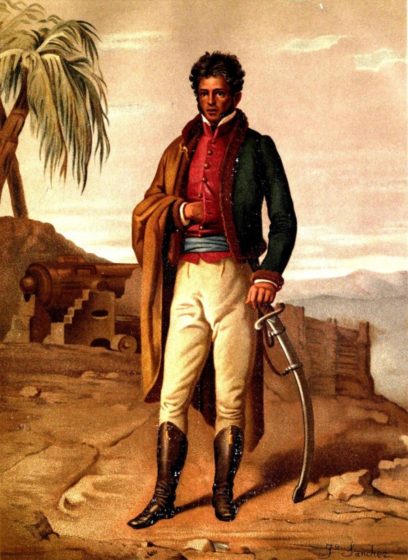
SOURCE
–http://www.history.com/topics/mexico/struggle-for-mexican-independence
–http://www.mexonline.com/mexican-independence.htm
–https://www.britannica.com/biography/Vicente-Guerrero

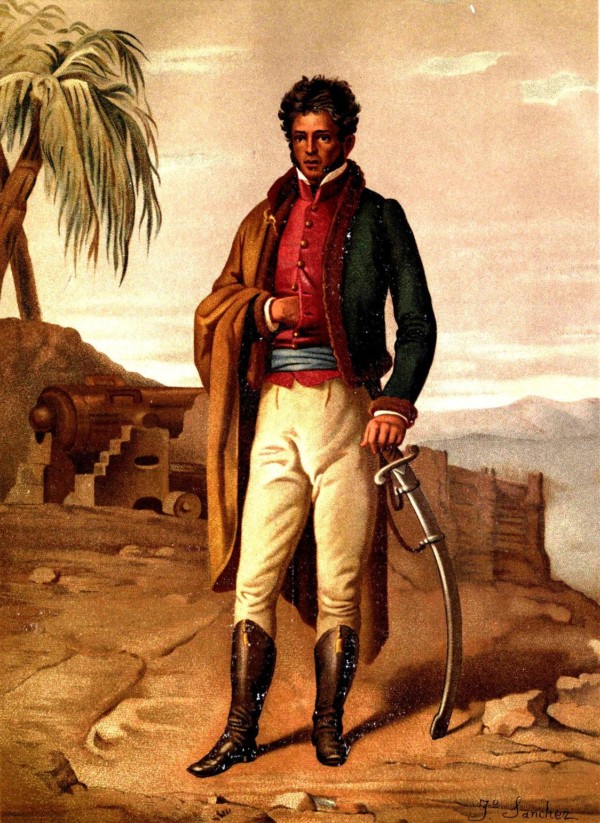




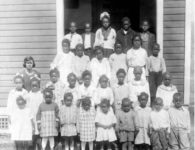
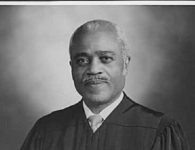

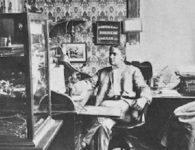

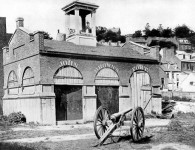


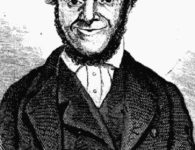

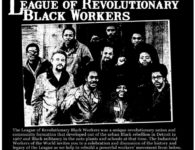
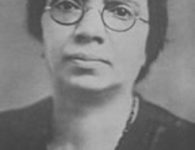


No comments